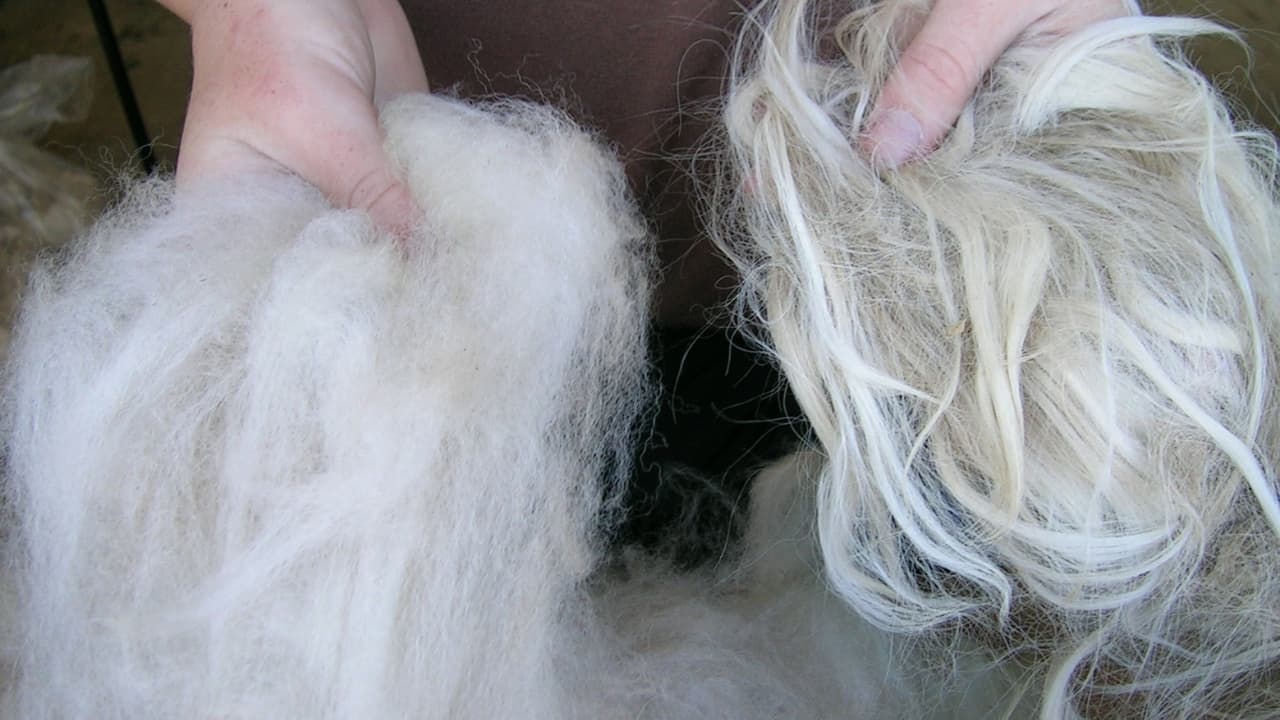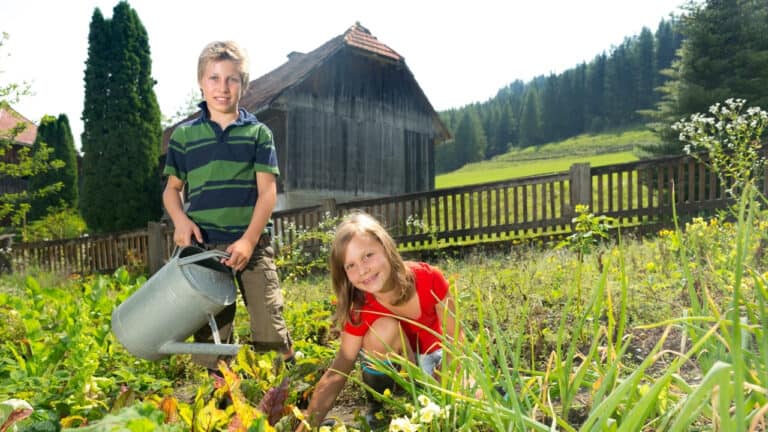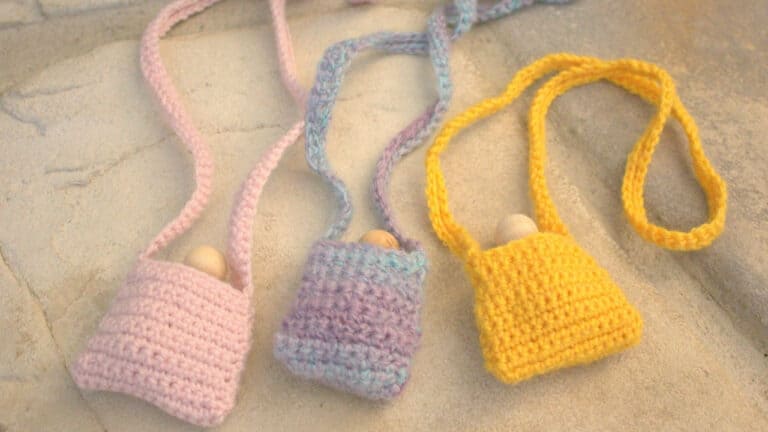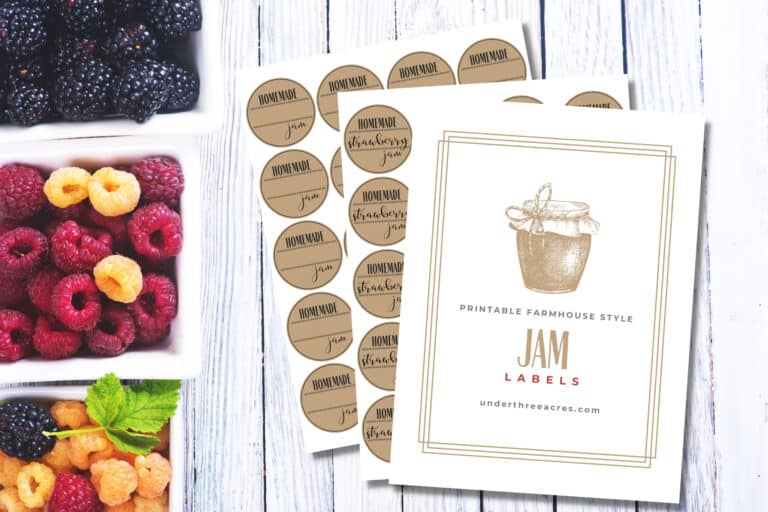All About Luxurious Alpaca Fiber – A Simple Beginner’s Guide
Alpacas are beautiful animals. Alpaca fiber is soft to the touch and beautiful to work with. A few years ago, Heritage Park, a local attraction, had Christmas alpacas for all to see.
I had never met an alpaca before and was surprised at how docile and gentle they were. Their fleece was so luxurious and cuddly. It is a dream of mine to one day own a small herd of alpacas.
As a hobby fiber artist, it is a treat to meet the animals who belong to the fibers I work with. Alpacas and sheep are one thing, but I am pretty sure that I don’t want to meet silkworms.
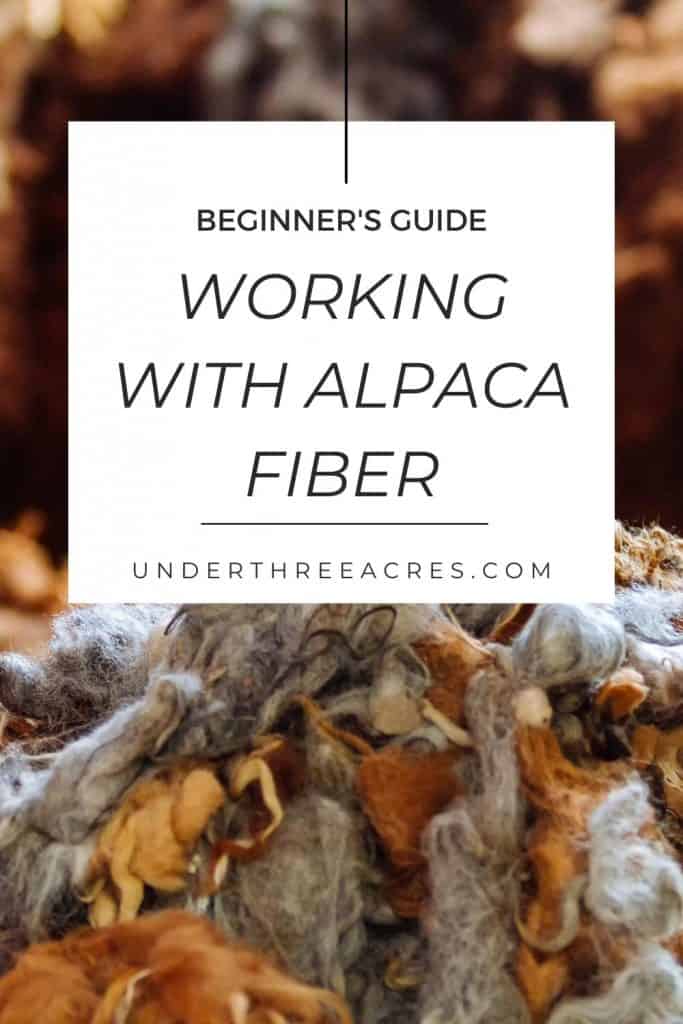
Alpaca Fiber
Alpacas come from the camelidae family. They were domesticated in the Andes Mountains of South America thousands of years ago. Over 85% of alpacas live in Peru, the leading producer of alpaca fleece.
The fleece of the alpaca is notable in that it is up to three times warmer than sheep’s wool. It is also finer and softer than wool.
The fleece doesn’t contain lanolin and is therefore hypoallergenic and is a wonderful alternative to wool. It has a high insulation value and is resistant to snow and rain, making it the perfect fiber for mittens, hats, and socks.
It is a natural fiber and can be blended with other natural fibers such as wool, silk, merino, or camel to produce lovely yarns. It comes naturally in a variety of colors, but also can be easily dyed. When dyed, the tones are somewhat muted and not vibrant.
Alpaca Breeds
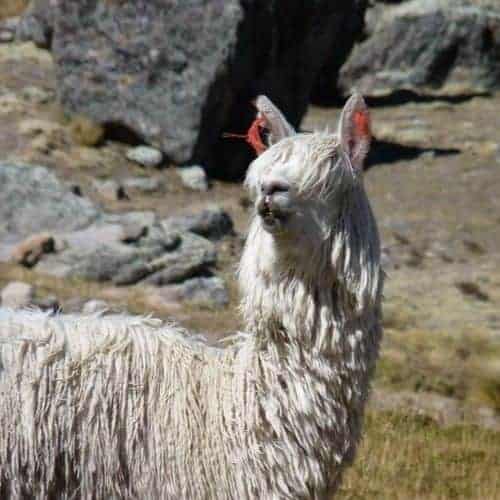
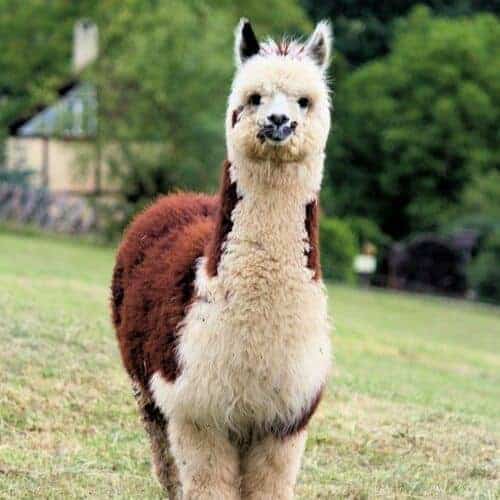
The fleece of the Suri is straight, lustrous, and fine. It can grow long enough to touch the ground if not sheared. Shearing occurs approximately every 2 years with a yield of about 3.5kg (6.5lb) fleece and fibers ranging in length from 40-60cm.
The fleece of the Huacaya is crimped and wavy. It is better for making hats, mitts, and socks. There is a greater population of Huacaya worldwide. Shearing also occurs approximately every 2 years with a yield of about 2.5kg (5 lb) fleece and fibers that range in length from 20-40cm.
Working with Alpaca Fiber
I acquired a large garbage bag full of alpaca a couple of years ago. At the time, I was a beginning spinner and jumped on the opportunity to add so much FREE fiber to my stash.
I have no idea what I was thinking. I was a newbie spinner and I was in for a real surprise. Alpaca fiber is more difficult to spin than sheep’s wool. It doesn’t react like sheep’s wool at all. You need just the right amount of twist to produce a nice even yarn that doesn’t easily pull apart.
If you have no idea what I am talking about, that’s ok. Let’s just say that it isn’t the ideal fiber for beginning spinners and leave it at that.
If spinning isn’t your thing and you would much prefer to knit or crochet, you need to give alpaca yarn a try. I like to use alpaca yarn to knit hats like these.
In addition to hats, mitts, and socks, alpaca makes lovely shawls and baby garments. In the photo below, my little guy is wearing a scarf I knit using Berocco Ultra Alpaca in Pea Soup. It is a wool/alpaca blend that is so squishy and cozy.
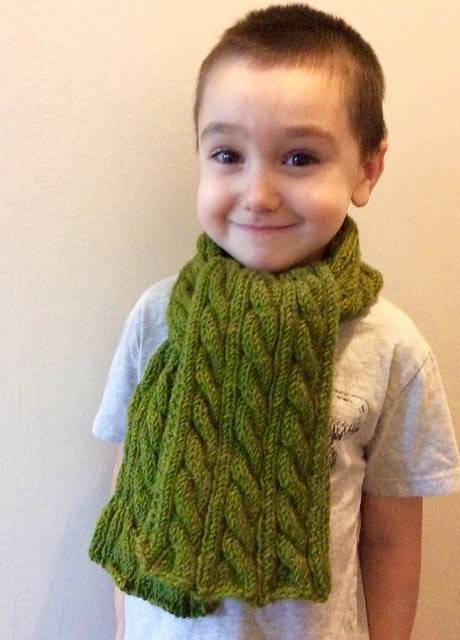
Winter is either always here or just around the corner where we live. I love making yarn, garments, and toys to keep us warm and busy all winter long.
Children can learn to work with natural fibers, too. Waldorf education is largely based on being creative and working with natural materials. In Waldorf schools, children learn to knit at a very young age.
Even the youngest of children can work with fiber. Wet felting and finger knitting are particularly enjoyable at this age.
If you are curious about learning how to spin or knit, check out some of my favorite resources below. If you already knit or crochet, be sure to download these FREE printable “Handmade With Love” gift tags to attach to your lovely handmade gifts.
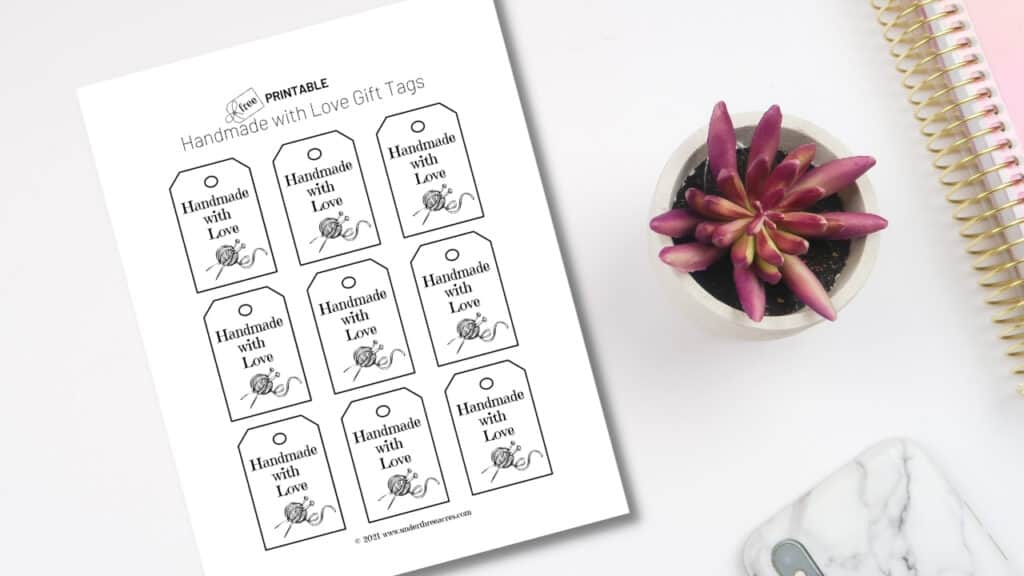
LEARNING TO SPIN
Spinning Alpaca Fiber Free e-book
craftsy.com: Spindling From Fluff to Stuff (this is how I learned to spin)
BOOKS
The Natural Knitter: How to Choose, Use, and Knit Natural Fibers from Alpaca to Yak
The Fleece & Fiber Sourcebook: More Than 200 Fibers, from Animal to Spun Yarn
Alpacas (Farm Animals) a children’s picture book
PATTERNS
Ravelry.com (online community for knitters, crocheters, fibre artists with 1000’s of patterns)
KnitPicks.com (online source for affordable alpaca yarn and patterns designed for each yarn)
I am curious. Have you ever worked with alpaca fiber or yarn? What did you make? Let me know in the comments below.

